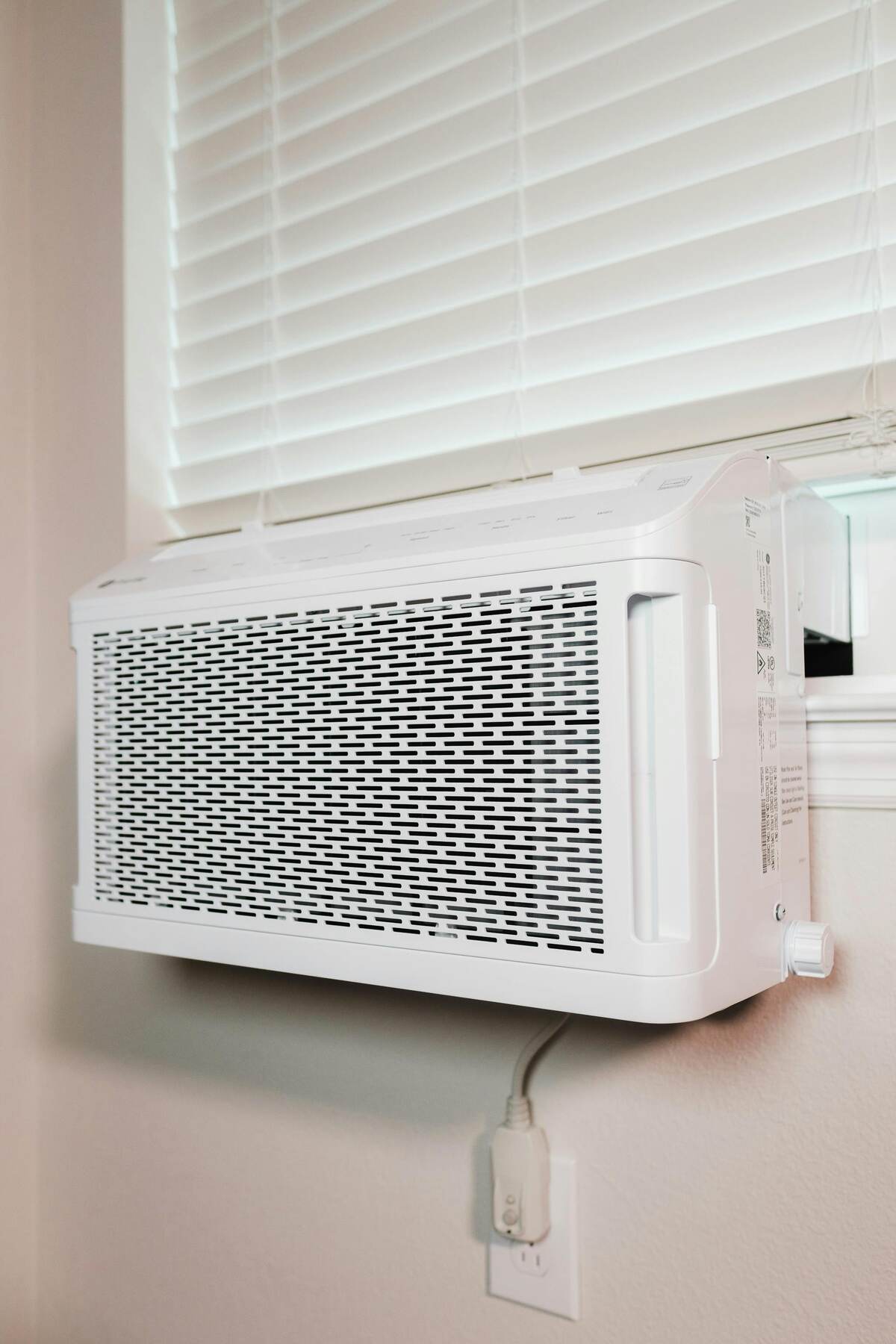Why Indoor Air Quality Matters and How to Improve It
Indoor air quality (IAQ) refers to the condition of the air inside buildings and its impact on the health and well-being of occupants. Poor IAQ can lead to a variety of health issues, ranging from respiratory problems and allergies to fatigue, headaches, and even long-term diseases. Given that most people spend a significant portion of their time indoors—whether at home, school, or work—understanding and improving indoor air quality is essential for a healthier living and working environment.

Health Impacts of Poor Indoor Air Quality
The quality of indoor air can significantly impact both short-term and long-term health. Short-term effects of poor IAQ may include:
- Respiratory irritation
- Headaches or migraines
- Dizziness or fatigue
- Sneezing and coughing
- Watery or itchy eyes
Long-term exposure to poor air quality can lead to more serious conditions, such as:
- Asthma and bronchitis
- Cardiovascular disease
- Chronic respiratory issues
- Increased risk of cancer, particularly with exposure to radon or toxic chemicals
- Vulnerable populations, such as children, the elderly, and people with pre-existing health conditions, are especially at risk.
How to Improve Indoor Air Quality
Ensure that your home or office is properly ventilated to allow fresh air to circulate. This can be achieved by opening windows when weather permits, using exhaust fans, or installing a mechanical ventilation system.
Dust and vacuum regularly to remove dust, pet dander, and other allergens. Use a vacuum with a HEPA filter to trap smaller particles. Clean carpets, curtains, and upholstery, as they can harbor dust and allergens.
Keep humidity levels between 30-50% to discourage mold growth. Use dehumidifiers in damp areas, such as basements, or air conditioners to reduce moisture. If you live in a dry climate, consider using a humidifier to maintain comfortable moisture levels.
Consider using an air purifier equipped with HEPA filters to capture airborne particles, including dust, pollen, and pet dander. Some air purifiers also include activated carbon filters to remove VOCs and odors.
Opt for non-toxic cleaning products, paints, and furniture that are low in VOCs. Look for eco-friendly alternatives to reduce chemical exposure.
Ensure your heating, ventilation, and air conditioning (HVAC) systems are well-maintained. Regularly replace filters, clean ducts, and schedule professional maintenance to keep your system running efficiently and prevent the spread of contaminants.
Radon is a naturally occurring radioactive gas that can enter homes through cracks in the foundation. It is a leading cause of lung cancer in non-smokers. Test for radon and take steps to mitigate exposure if necessary.
Certain indoor plants can naturally filter and purify the air by absorbing pollutants and releasing oxygen. Options like spider plants, snake plants, and peace lilies are low-maintenance and effective at improving indoor air quality.

Contact Us
What Affects Indoor Air Quality?
Several factors contribute to indoor air quality, including:
Ventilation
Adequate airflow is crucial for maintaining fresh, healthy air. Poor ventilation can trap pollutants inside, leading to a buildup of harmful substances like carbon dioxide, volatile organic compounds (VOCs), and moisture.
Humidity Levels
Excess moisture in the air can promote the growth of mold and mildew, which can cause respiratory problems and allergic reactions. On the other hand, overly dry air can lead to irritation in the eyes, throat, and respiratory system.
Airborne Pollutants
Dust, pet dander, mold, and pollen are common allergens that can negatively affect air quality. Chemicals from household cleaning products, paints, and furniture can also release harmful VOCs into the air.
Outdoor Air Pollution
Pollutants like vehicle exhaust and industrial emissions can infiltrate indoor spaces, especially in poorly sealed buildings or during high pollution days.

